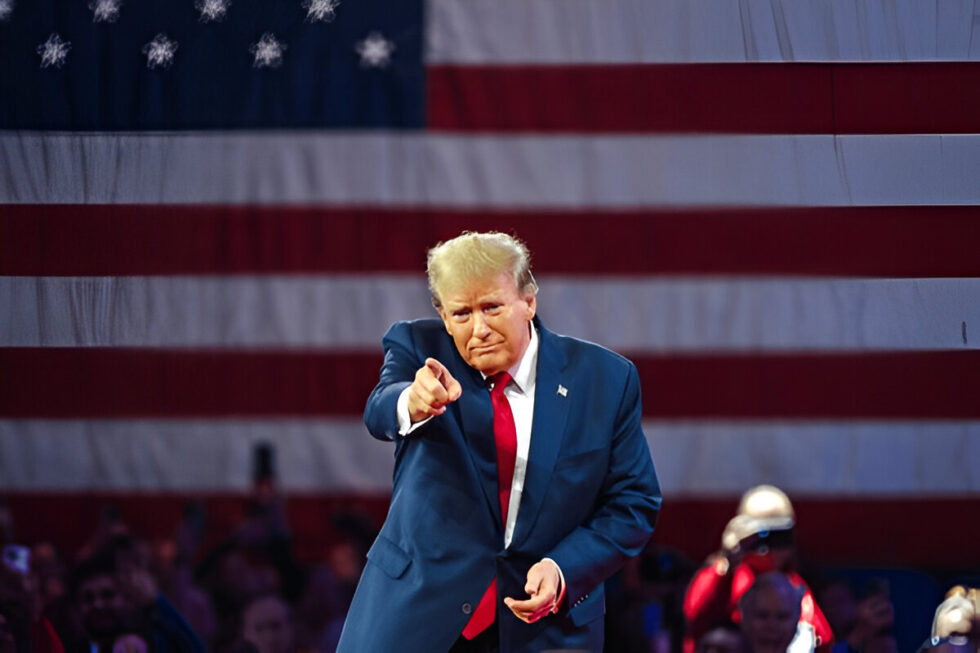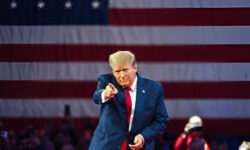
Understanding Trump-Era Tariffs and Their Stock Market Ramifications
During his presidency, Donald Trump implemented a series of aggressive tariff policies aimed at correcting perceived trade imbalances, particularly with China. These policies — broadly known as the “Trump tariffs” — introduced substantial levies on imported goods, triggering retaliatory measures from trade partners and creating significant volatility in global financial markets, particularly the U.S. stock market.
These tariffs were positioned as a tool to revive domestic manufacturing, protect intellectual property, and reduce trade deficits. However, they brought about complex, multi-layered effects on investor confidence, corporate profitability, and international trade dynamics.
Tariffs in Detail: What They Targeted and Why
Trump’s tariff regime was primarily directed at:
- Steel and aluminum imports (25% and 10% tariffs respectively)
- $250+ billion worth of Chinese goods, including electronics, machinery, and consumer items
- European, Canadian, and Mexican imports, later adjusted following new trade agreements like the USMCA
These moves were rooted in the America First economic doctrine, aiming to reshape global supply chains and reduce dependence on foreign suppliers. However, the execution and timing of these tariffs introduced widespread uncertainty across the financial landscape.
Immediate Stock Market Reaction: Volatility and Sector Shifts
The U.S. stock market experienced notable turbulence as tariff announcements began rolling out. Major indices — the S&P 500, Dow Jones Industrial Average, and NASDAQ — all saw short-term declines following major tariff-related headlines.
Investor sentiment fluctuated rapidly, influenced by:
- Fears of a full-blown trade war
- Rising production costs for U.S. companies
- Concerns over global economic slowdown
Industrials, technology, and agriculture stocks were especially sensitive. For example:
- Caterpillar and Boeing, heavy exporters, experienced price drops amid fears of Chinese retaliation.
- Apple and other tech giants warned about cost increases due to tariffs on Chinese components.
- Agricultural firms saw demand slump as China imposed retaliatory tariffs on soybeans and other crops.
Long-Term Stock Market Trends Under Trump’s Tariffs
While short-term volatility was undeniable, the long-term performance of the stock market under Trump was mixed. Despite trade tensions, the market reached new highs, driven by corporate tax cuts, deregulation, and strong consumer demand.
However, tariffs:
- Raised input costs for manufacturers
- Disrupted global supply chains
- Slowed capital expenditure due to uncertainty
- Prompted companies to shift production abroad, sometimes increasing costs instead of decreasing them
Many analysts agree that while tariff threats were often walked back, the repetitive cycle of escalation and negotiation created an unpredictable environment that weighed heavily on business confidence.
Key Sectors Affected by Trump Tariffs
1. Technology
Tech firms with global supply chains were deeply impacted. Components sourced from China became more expensive, leading to either higher consumer prices or thinner profit margins.
2. Automotive Industry
Tariffs on steel and aluminum increased production costs. Additionally, threats of auto tariffs on European imports created waves of uncertainty for global automakers like BMW, Toyota, and Ford.
3. Agriculture
China’s retaliatory tariffs on soybeans, pork, and other staples devastated American farmers. The Trump administration eventually offered billions in subsidies, but the long-term effects included lost market share to competitors like Brazil and Australia.
4. Retail
Retailers faced higher costs on imported goods, particularly electronics and consumer items. Many shifted sourcing strategies, but this came with transition costs and supply chain disruptions.
Trade Wars and Investor Psychology
Tariffs are not just economic tools — they are also geopolitical signals. Trump’s use of tariffs often functioned as negotiating leverage, and markets learned to anticipate this.
However, the frequent policy shifts and tweet-based announcements made it difficult for investors to form stable expectations, which is critical for valuation models and long-term investment decisions.
Key investor behaviors during tariff periods included:
- Flight to safety: Increased demand for Treasury bonds and gold
- Hedging against volatility: Surge in VIX options and derivatives trading
- Reallocation: Investors favored domestic-focused companies less exposed to global trade
Global Ripple Effects: How Tariffs Shaped International Markets
The Trump tariffs had a profound impact beyond U.S. borders:
- Emerging markets experienced capital flight as investors sought safer havens
- European exporters recalibrated operations to avoid U.S. tariffs
- Chinese equities and currency faced downward pressure due to reduced U.S. demand
Countries also began developing regional trade pacts — such as the Regional Comprehensive Economic Partnership (RCEP) — to reduce dependency on the U.S. market.
Conclusion: A Legacy of Economic Disruption and Market Adaptation
The Trump tariffs reshaped the relationship between trade policy and stock market performance. While intended to bolster domestic industries, they also introduced new layers of risk and complexity into the global economy.
Key takeaways include:
- Tariffs can significantly sway investor confidence, even when not yet enacted
- Short-term volatility often masks long-term shifts in supply chain strategy
- Markets are adaptive, but prolonged uncertainty inhibits growth, innovation, and investment







